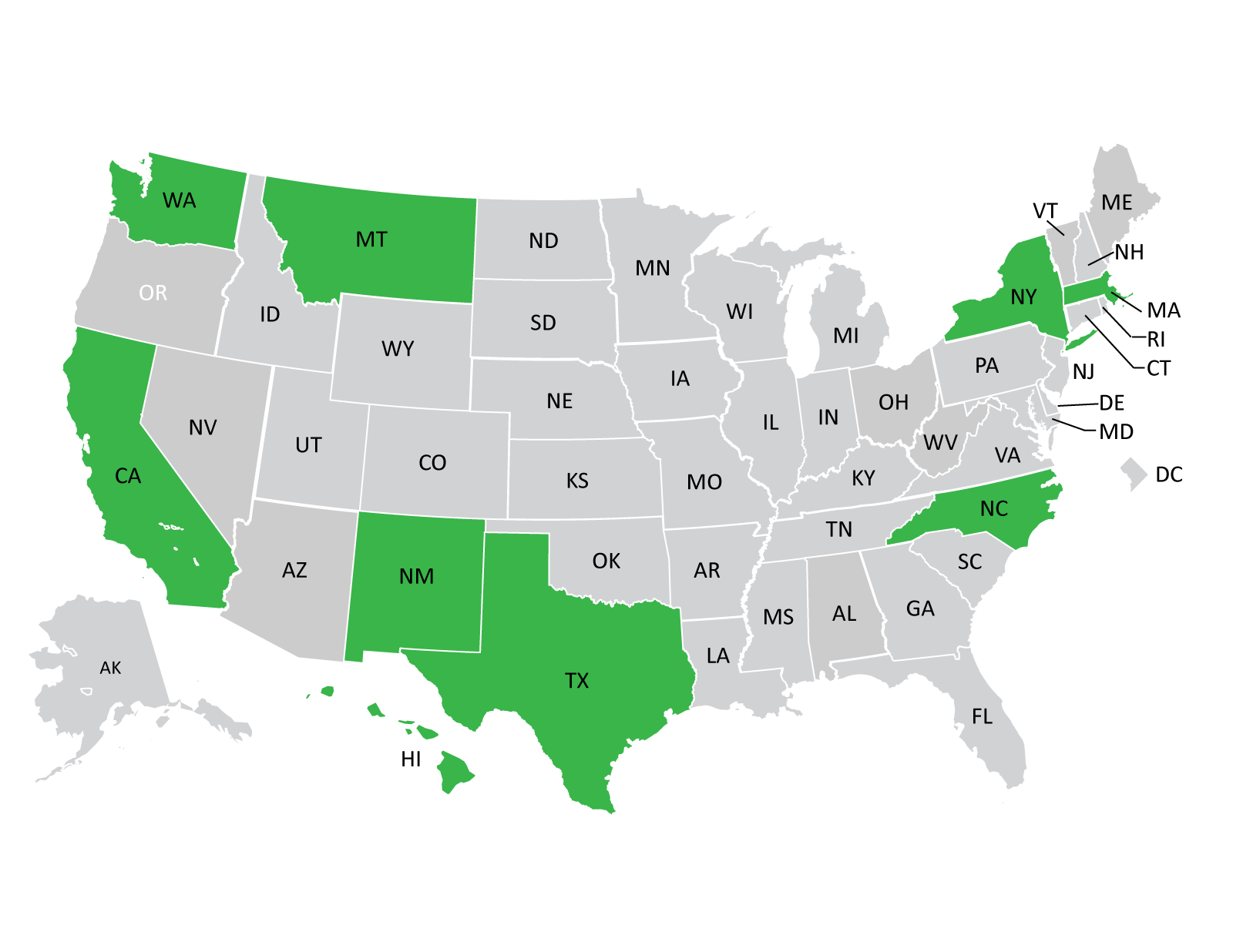Health care for Washington state residents across our diverse regions is changing. Well educated nurses are key to providing quality care. Our goal is to the increase the number and diversity of nurses with higher degrees in order to meet the needs of our people.
Progress
The Washington Center for Nursing’s (WCN) Academic Progression in Nursing (APIN) grant is focused on developing a streamlined pathway to a BSN through shared competencies, reduction in curricular variation, supportive systems for minority students, and direct transfer agreements between community colleges and universities.
Since 2012, WCN’s program has helped fund four new RN to BSN programs in the state: Saint Martin’s University (Lacey), Bellevue College (Bellevue), Western Washington University (Bellingham) and Wenatchee Valley College (Wenatchee).
After assembling nurses for two “Safe Table” forums in Spokane and Seattle, the APIN-WA team produced a briefing paper, “Moving from ADN to BSN: What Works for Washington RNs?” that describes incentives and barriers for Washington RNs pursuing a BSN.
To identify best practices for the recruitment, retention, and graduation of current and future minority BSN students, WCN launched a yearlong Diversity Mentoring Program pilot. Seasoned nurses are working with minority nursing students and novice nurses to help support them as they navigate the first few years of the profession. The pilot will undergo evaluation in summer 2014, and the program will launch in the fall.
As a result of solid nursing leadership and interprofessional collaboration, Washington’s community and technical college system and four-year universities have reached a landmark agreement to create a new statewide associate in nursing transfer agreement that standardizes the way credits are awarded and accepted between and among Washington’s community and technical colleges and four-year universities. The community and technical colleges that plan to make use of the agreement are now working to ensure their programs align to the new transfer pathway.
Through the implementation of these activities, the program is working to increase the number of nurses working in Washington with a BSN from 55 to 80 percent by 2020 and ensure that the nursing workforce better reflects the rich diversity of the state’s population. For more information, please visit http://www.wcnursing.org/wnac-apin/academic-progression-in-nursing/

